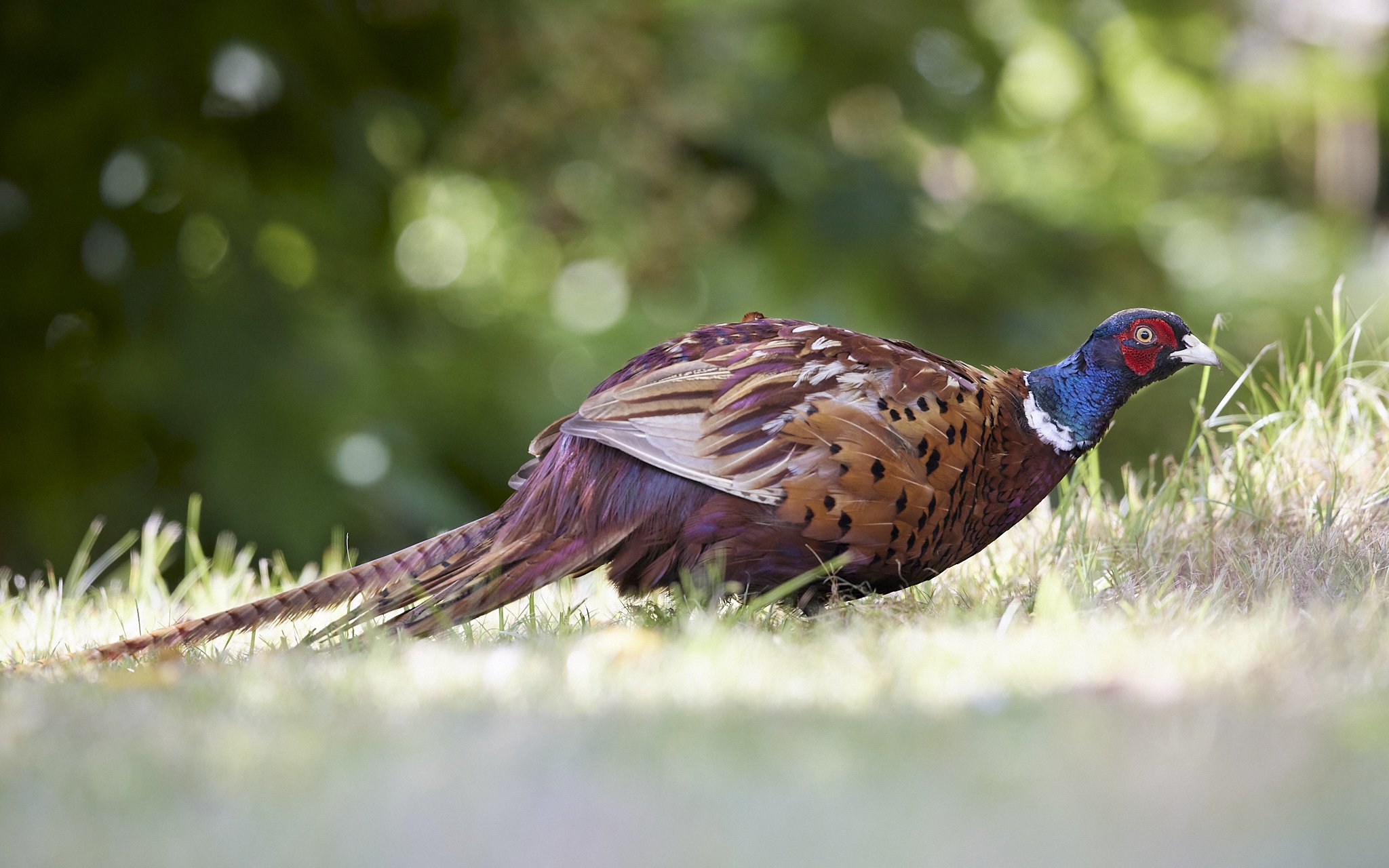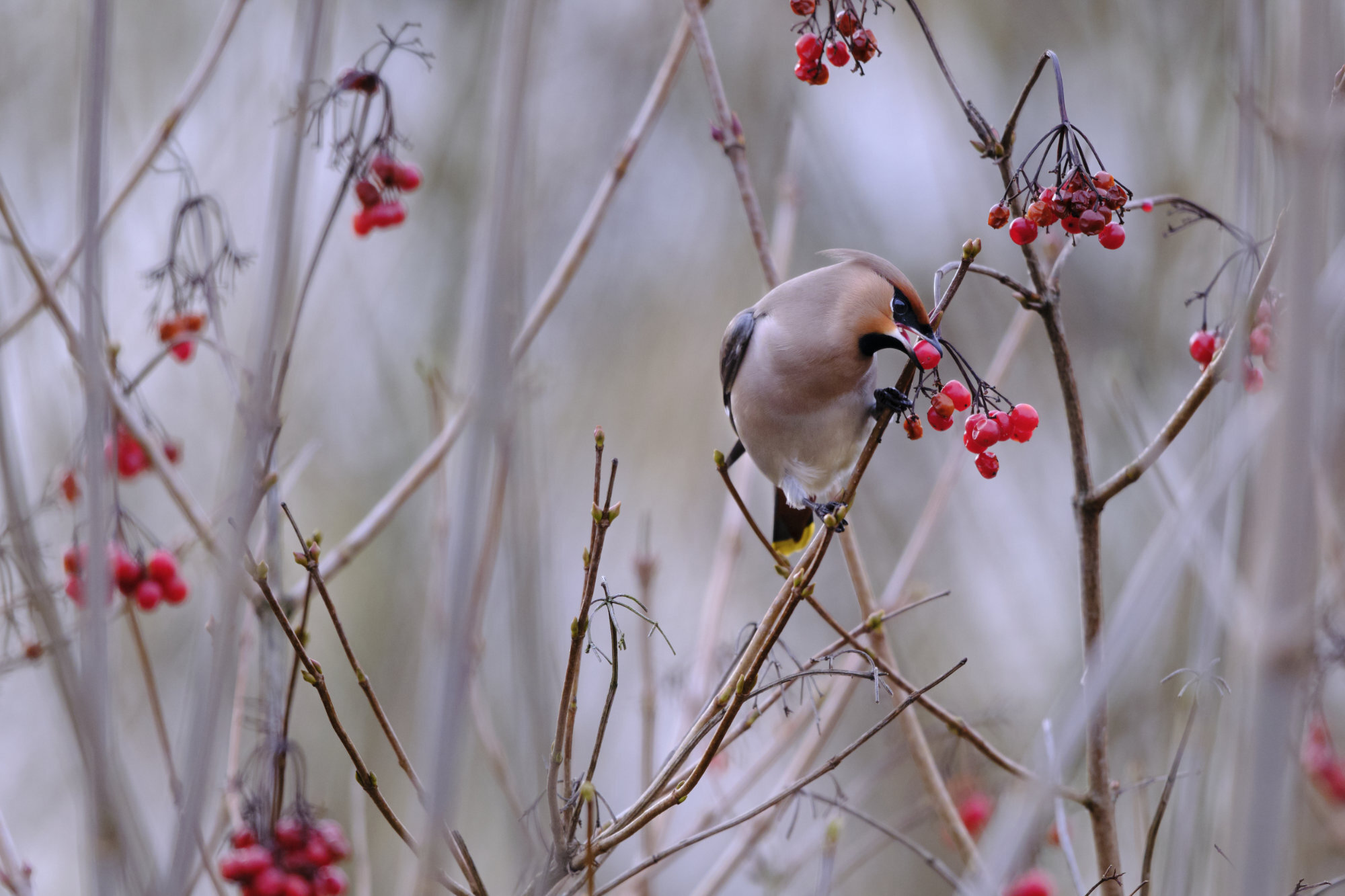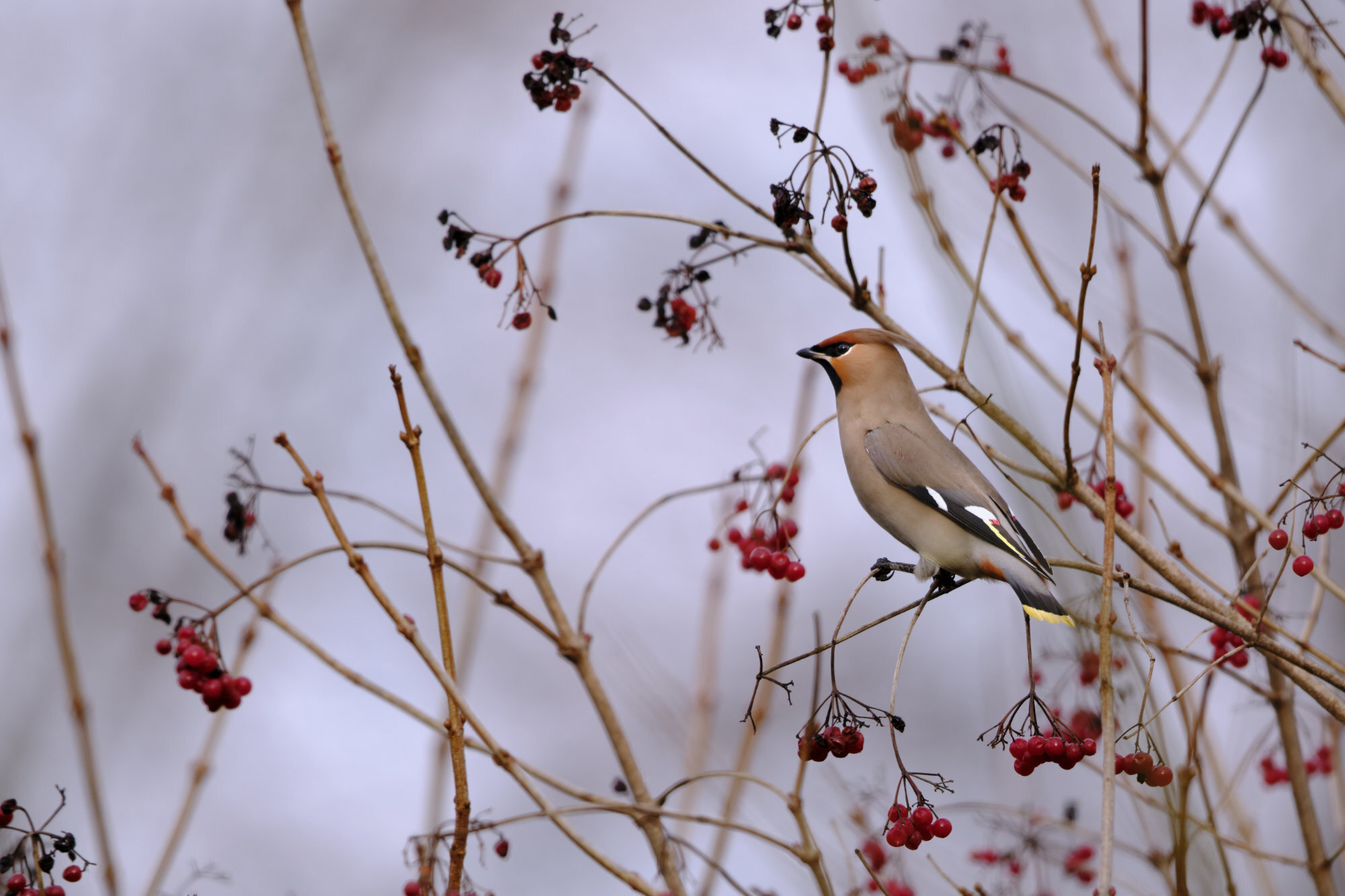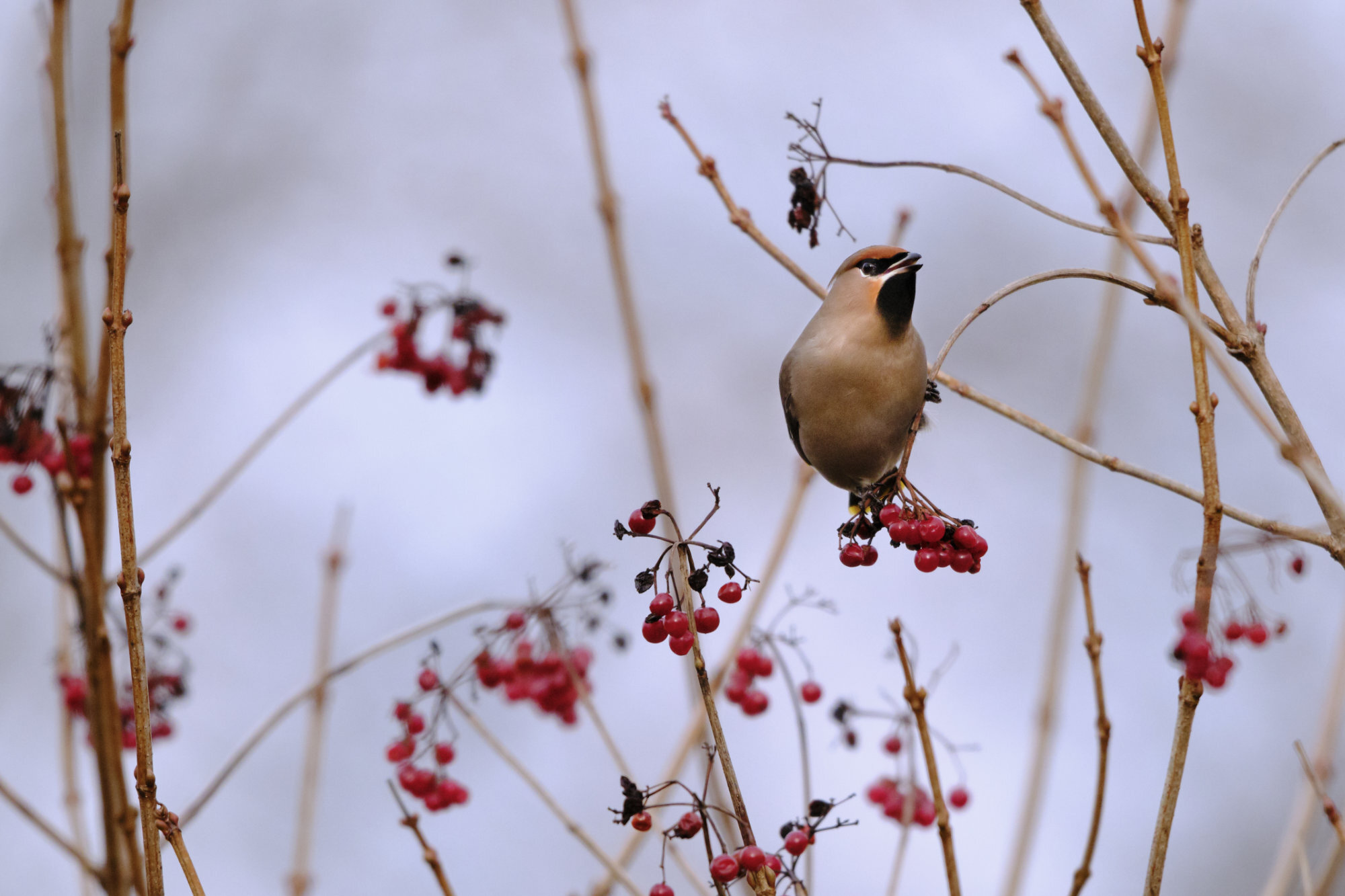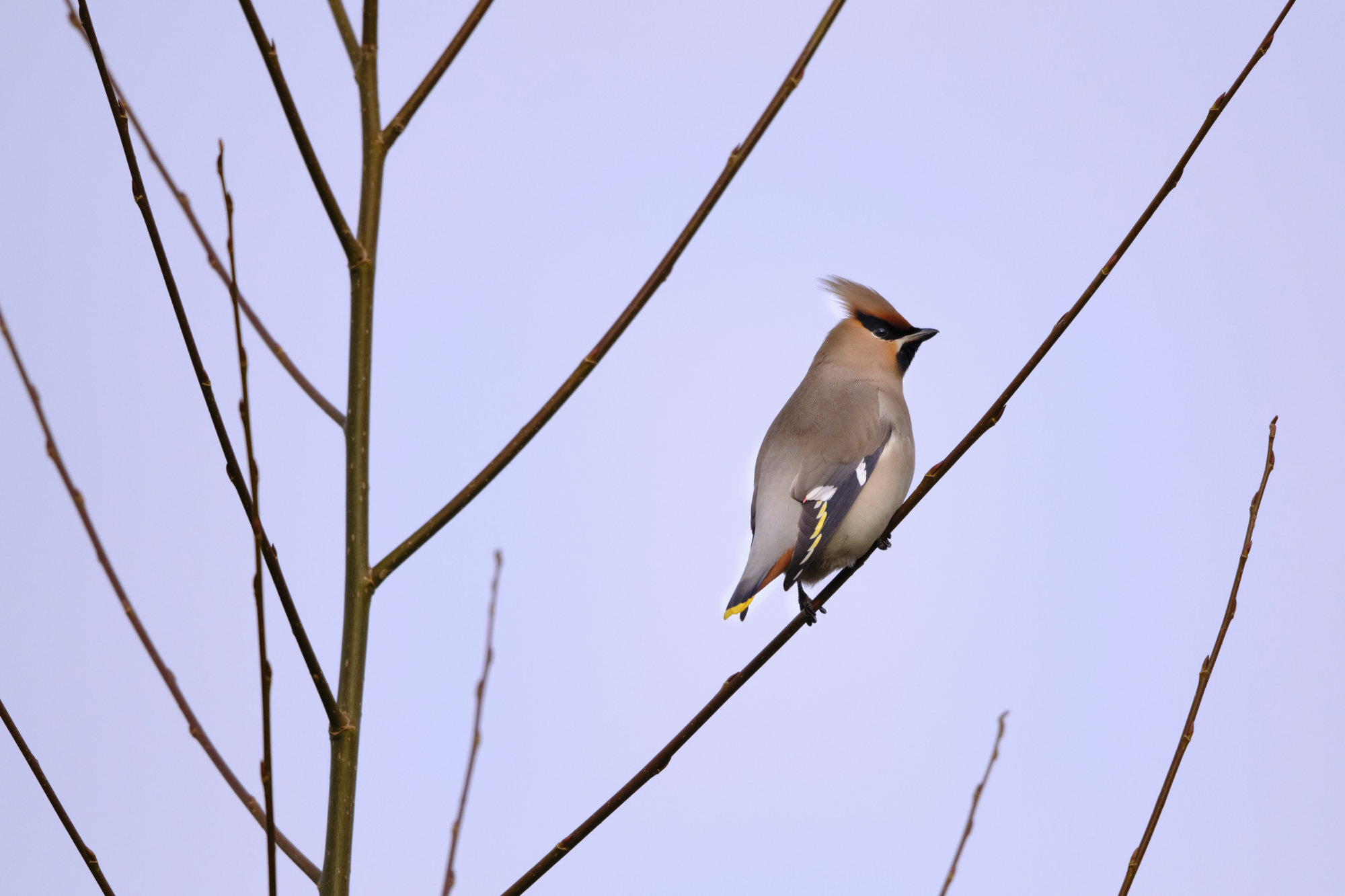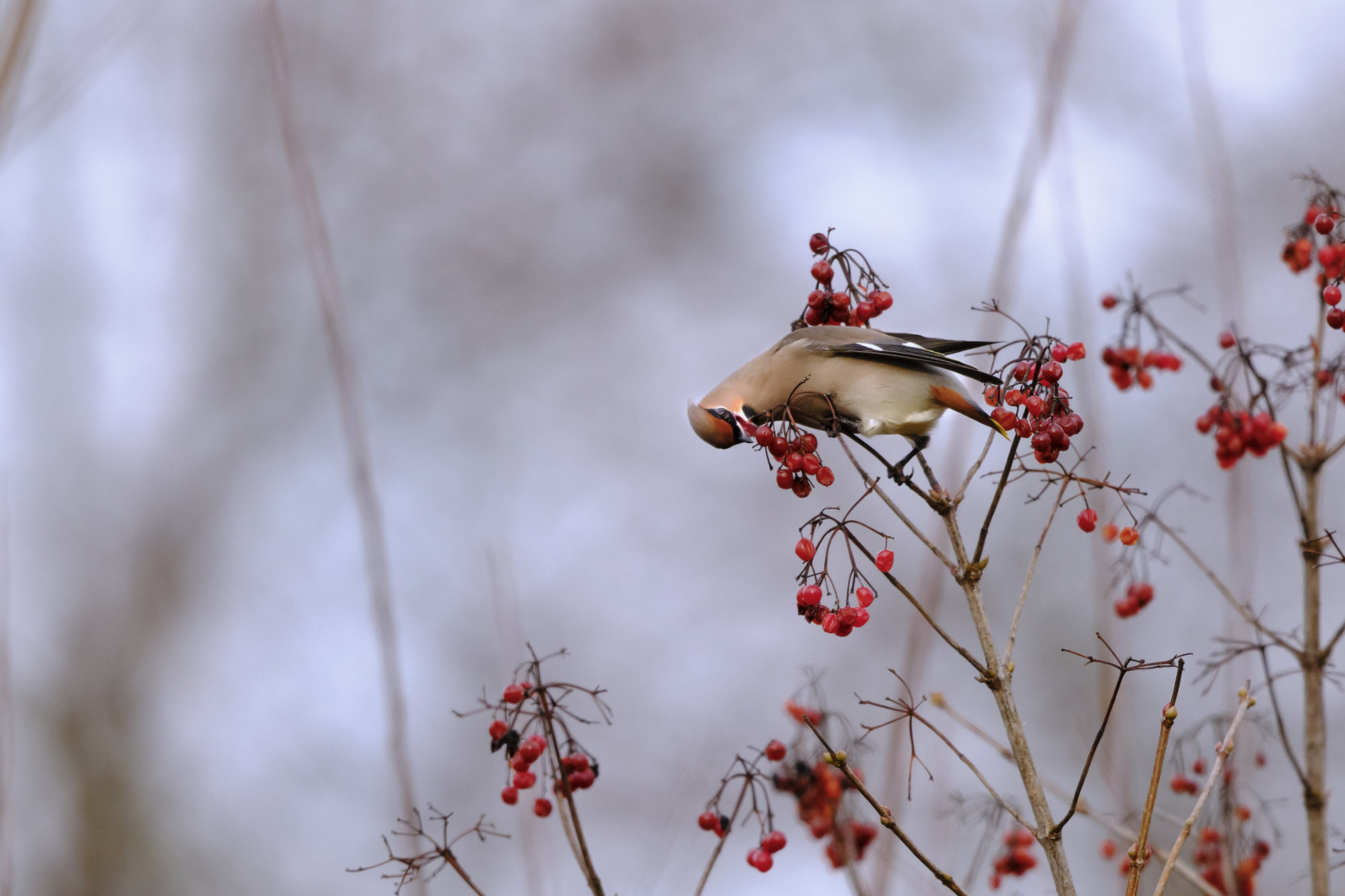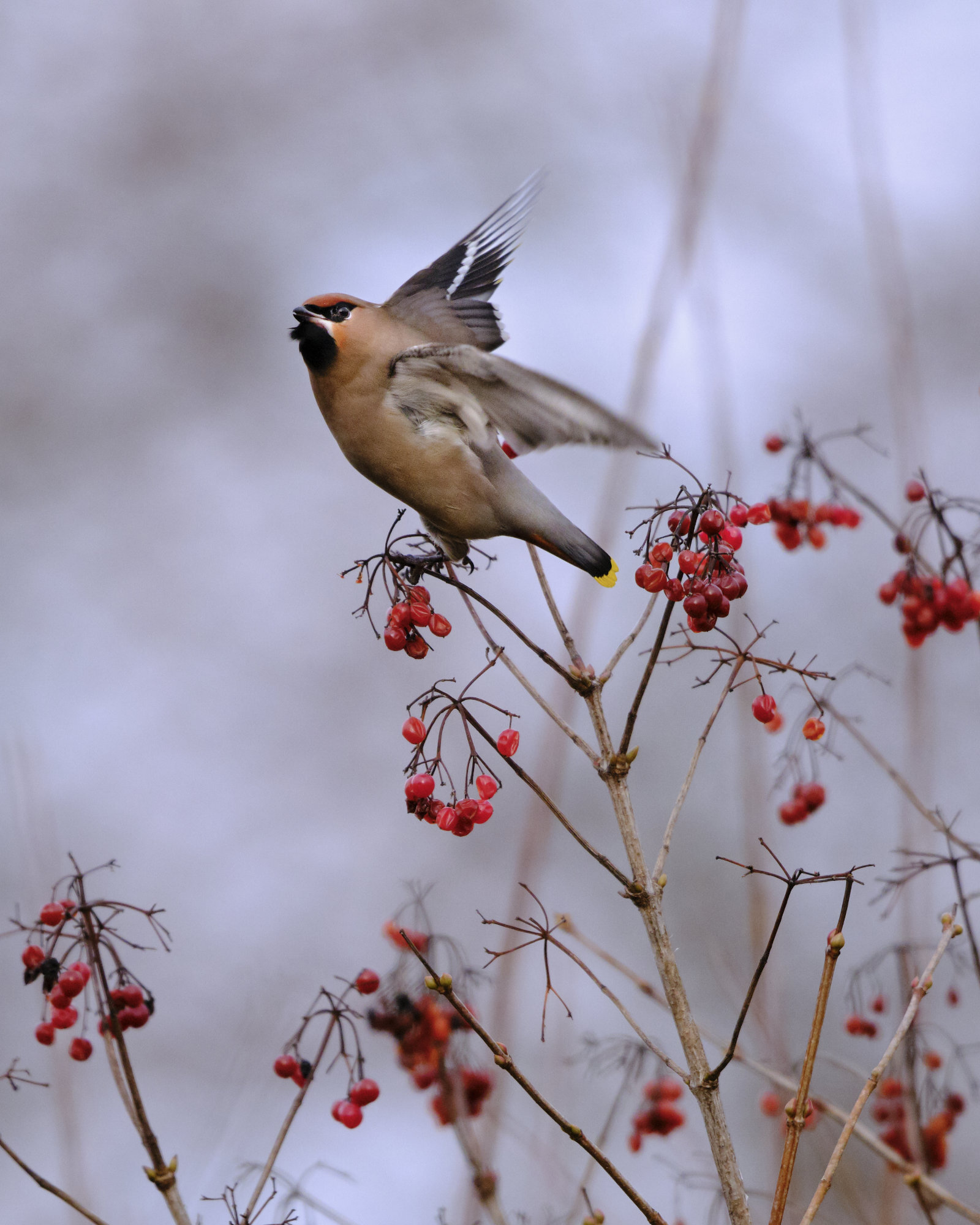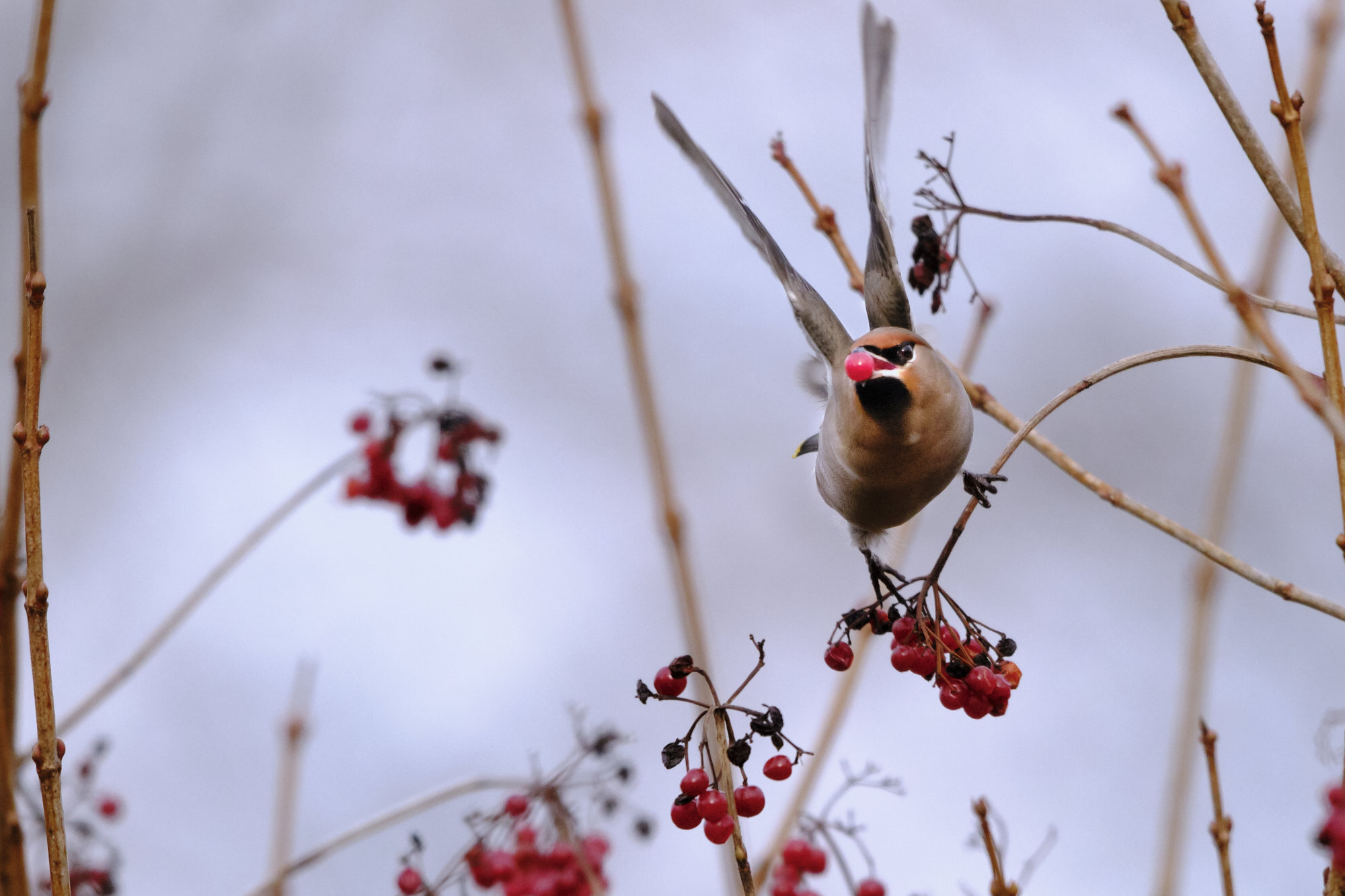When it comes to splendour and grand air, not a lot of European birds rival the Common Pheasant (Phasianus colchicus). But this is where the sad part starts. Because it is actually not even European.
Jagdfasan. The pheasant which lives to be hunted.
The Common Pheasant is native to East Asia. During the medieval period it has been introduced to European courts and royalty. With the beginning of the 19th Century humans began to breed and raise Pheasants to be released into the wild only for hunting purposes. This sad practice continues to this day and is reflected in the Common Pheasants German name “Jagdfasan”, which literally translates to “The pheasant for hunt”. The population is not self-sufficient, so every year a new breed of the colorful Gallinaceous birds is released to “freedom” to be shot. The birds that escape the shooting will sooner or later die of cold or predation.
Colourful beauty
Whenever I see a Pheasant, I feel both: Joy and sadness. Joy, because it’s such a gloriously beautiful creature. And sadness, because it only lives to be shot.
